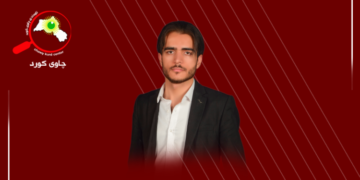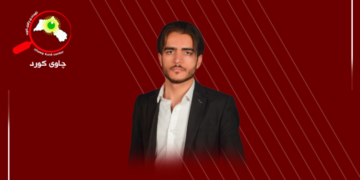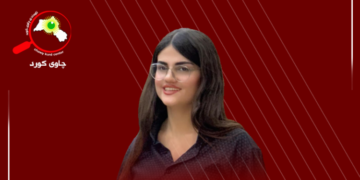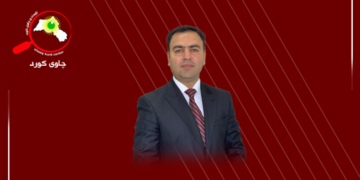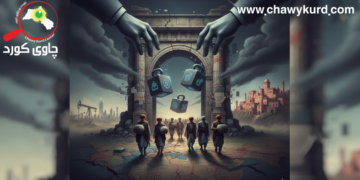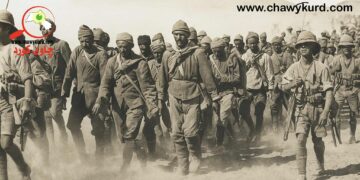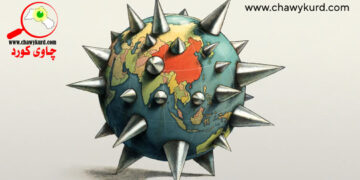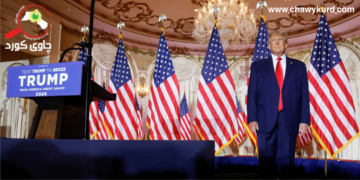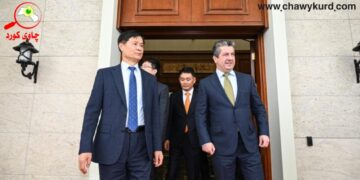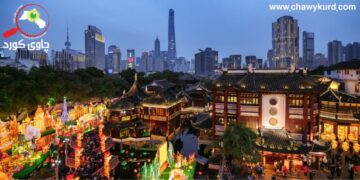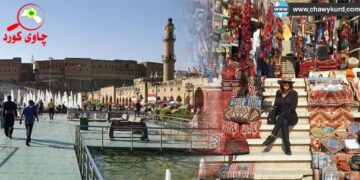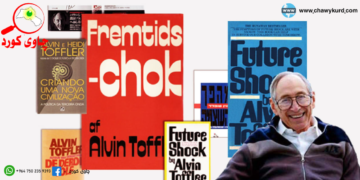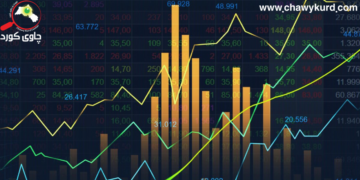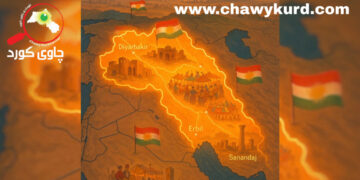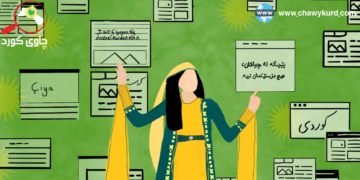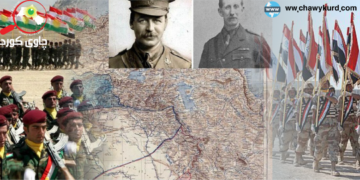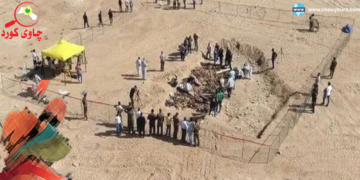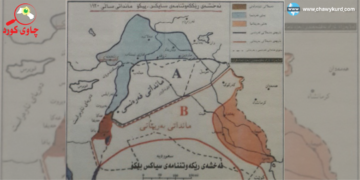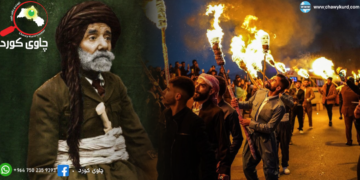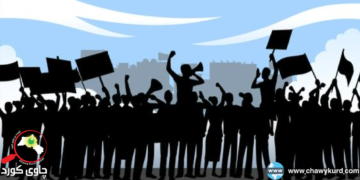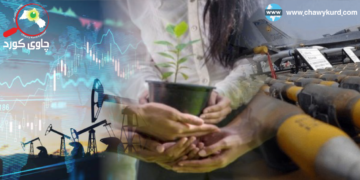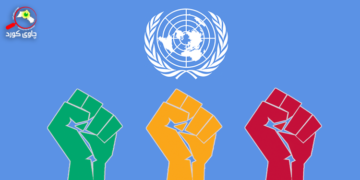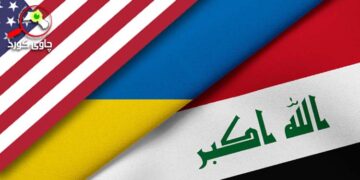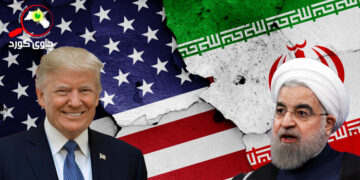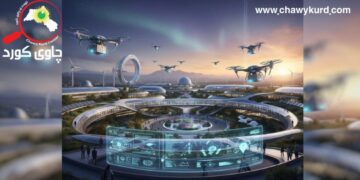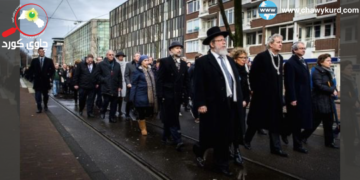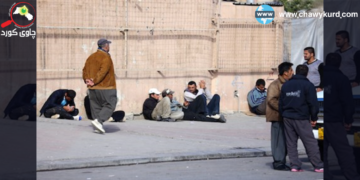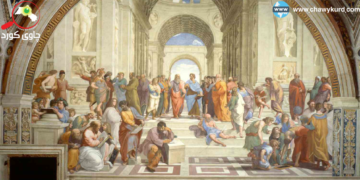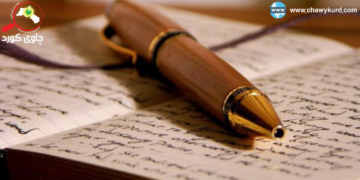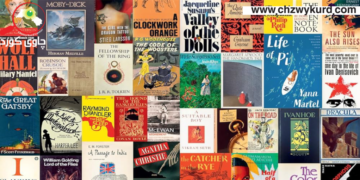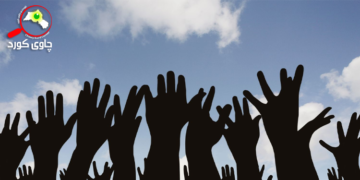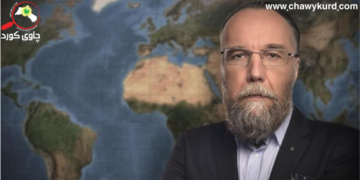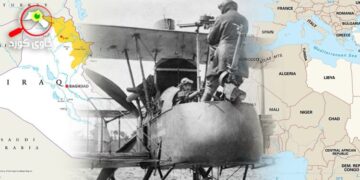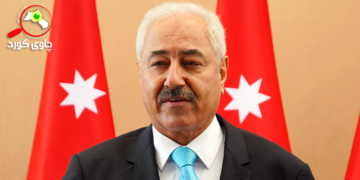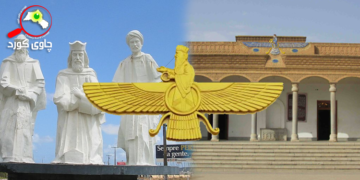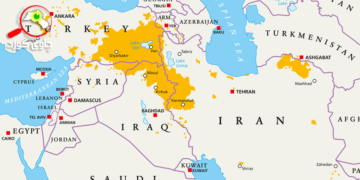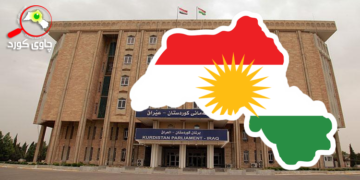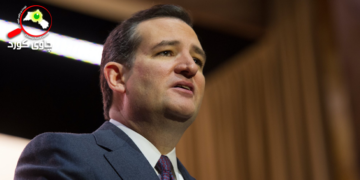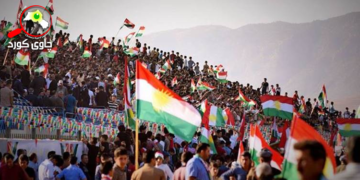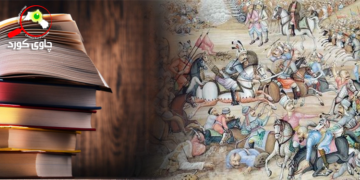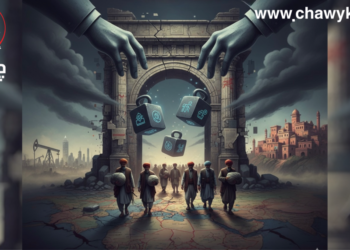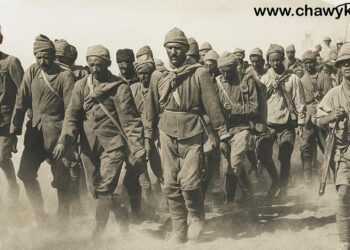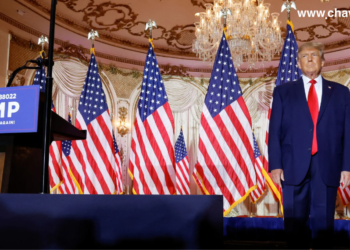Introduction
Concepts of power like hard, soft, and smart power are crucial and intriguing in international relations literature, having evolved over time. More recently, specifically in late 2017, “sharp power” emerged as a new concept within international relations, primarily applied to address the foreign policies of China and Russia. Generally, when compared to the soft power of other nations, the soft power of China and Russia faces significant criticism. This is because their implementation of soft power in foreign policy differs from other countries. These criticisms paved the way for the rise of sharp power. Therefore, we felt it important to introduce Kurdish readers to the topic of “sharp power” in international relations.
Sharp Power’s Relationship with Other Forms of Power
The concept of power in international relations is categorized into four types: hard, soft, smart, and sharp. “Hard Power,” according to American academic Joseph Nye, is when one power or state makes another state or power do what the first state wants. Nye emphasizes that “coercion and inducement” are the two main sources of hard power globally. Hard power is not solely about using soldiers, armies, tanks, and heavy weapons; it has various forms and methods that countries often use against rivals or adversaries to achieve their interests and limit the power and capabilities of enemies. Thus, political and economic pressure and diplomatic threats are among the most important pillars of hard power. In contrast, “Soft Power,” first used by Joseph Nye after the end of the Cold War, became a crucial term in international relations. Nye believes soft power means “the ability of a state to convince other actors to do what the state wants, without using military force or coercion.” Soft power’s sources are more subtle and imperceptible, such as culture, history, lifestyle, ideology, economic products, art, academic centers, sports, media, and political values like freedom, democracy, human rights, and civil society.
“Smart Power” combines the use of both soft and hard power simultaneously. American academic Suzanne Nossel states: “Smart power means a clever mix of both soft and hard power in confronting threats to countries’ national security.” British thinker Ernest Wilson believes smart power is the ability of an international actor to combine elements of hard and soft power in a way that ensures their capabilities are active and strengthened, and used to achieve their goals and interests. Regarding sharp power’s relationship with other forms of power, American thinker Joseph Nye believes that in public diplomacy, truth and openness are the dividing lines between soft and sharp power. For example, when China’s official news agency, Xinhua, openly broadcasts news in other countries, it is using soft power techniques. But when China Radio International secretly assists 33 radio stations in 14 countries, this crosses the boundaries from soft to sharp power.
Canadian author Michael Cole highlights the difference between soft and sharp power with an example: “China’s use of its culture and global media presence to increase its influence worldwide causes confusion with elements of soft power. While this use for soft power is considered legitimate, because it is carried out by an authoritarian and undemocratic regime, it creates inconsistency and disharmony with moral issues and democratic values, turning these uses into sharp power.” Generally, sharp power is implemented through propaganda and censorship tools. Therefore, the point that distinguishes sharp power from soft power is the strong presence of propaganda and censorship, whereas they are absent in soft power. In this context, similar to the concept of “Socialism with Chinese Characteristics,” sharp power can be evaluated as a Chinese characteristic of soft power. This is in addition to sharp power differing in its objectives from other types of power generally, and soft power specifically. Because the goal of sharp power is not to improve the state’s image in the targeted country’s society, but rather to create hegemony and penetrate the political, economic, media, and social environments of the target state to achieve desired goals. Therefore, sharp power is a modern and new form of power in international relations, differing from other forms of power, especially soft power, in terms of behavior, sources, and objectives, even though it shares mechanisms and tools for creating influence.
Tools and Mechanisms of Sharp Power
Sharp power is generally wielded through the following key tools:
- Soft Power Instruments: States use cultural, media, academic exchange, artistic, diplomatic, propaganda, and ideological mechanisms in their use of soft power, summarized in these strategies:
- Cultural exchange programs through language institutes and cultural/religious institutions.
- Media and social networks, disseminated in various languages.
- Grant, friendship, and academic/scientific exchange programs.
- Civil society organizations, NGOs, and friendship associations between peoples and countries.
These tools are used as factors of attraction, persuasion, and improving a state’s image. However, authoritarian countries do not use soft power resources for these goals. Instead, through these tools, they work to impose hegemony and create influence, relying on manipulation and distraction to penetrate the political, economic, and social environments of target countries to achieve desired objectives. What distinguishes the use of these tools within sharp power is their connection to other tools involving coercion, such as threats and pressure, or intelligence tools. These tools must possess two important characteristics: infiltration and secrecy.
- Strategic Narratives: Strategic narratives are a tool for internal and international political actors to embody their views and behaviors in different political environments, by presenting a vision that connects the past, present, and future. They are also a means to expand influence and manage the expectations of others, convincing them of the form and content of the narrative. The aim of narratives is to influence the behavior of others in the short term, while in the long term, it means the process of accepting strategic narratives to shape interests and others’ understanding of the political actor’s image and position in international political interactions. In the context of sharp power, states use strategic narratives to disrupt the strategic narratives of other countries that do not align with their goals and interests, while also trying to persuade the opposing state to accept their own strategic narrative. For example, Russia relies on the idea that the implementation of a liberal order led by the United States in Europe and the entire world will lead to the end of national sovereignty. In contrast, it presents itself as an alternative partner, promising to work alongside European countries to defend their values. Russia’s goal is to weaken and disrupt the European Union, NATO, and Western liberal values and norms, and through this narrative, it wants to change the hearts and minds of citizens in target countries towards accepting Russian hegemony and influence. Similarly, through its strategic narrative, the Chinese regime tries to present China as a victim of history to justify its hegemony and expansion, while promoting traditional Chinese culture representing Confucianism and socialist values.
- Media and Political Networks: Political networks refer to open or covert connections with political parties, civil society organizations, media, and prominent figures in the target country, with the aim of creating hegemony over the opposing country. This is achieved through the use of political, intelligence, economic, and media tools. These networks are one of the primary means to achieve the goals of the state employing sharp power within the target state, especially in reaching long-term strategic goals, by exploiting the weaknesses of those states, such as weak governance, underdeveloped civil society, independent media with limited budgets, in addition to widespread corruption and illegal activities. In this situation, the state using sharp power can politically and economically penetrate the systems of these countries through these networks and impose its influence over them. For example, Russia attempts to achieve its goals through its political networks when it uses sharp power in its strategies against Eastern European countries.
- Economic and Trade Measures: The objective of using trade and economic measures within sharp power is to try to change the political and economic direction of the target country, or to make it comply with the demands of the state practicing sharp power. These measures are implemented directly by the government, state-owned companies, or through entities acting on behalf of the state. This takes the form of political influence and infiltration through economic and trade interests, where companies and domestic business groups, both governmental and non-governmental, with government support and direction, participate in political and financial pressure on political parties, pressure groups, and prominent and influential personalities in target countries for the benefit of their countries’ foreign policy objectives. Generally, soft power instruments, strategic narratives, media and political networks, and trade and economic measures are among the most important and prominent mechanisms for practicing sharp power. Additionally, sometimes states practicing this form of power resort to a range of other tools, such as information manipulation campaigns, social division, and electronic espionage tools.

